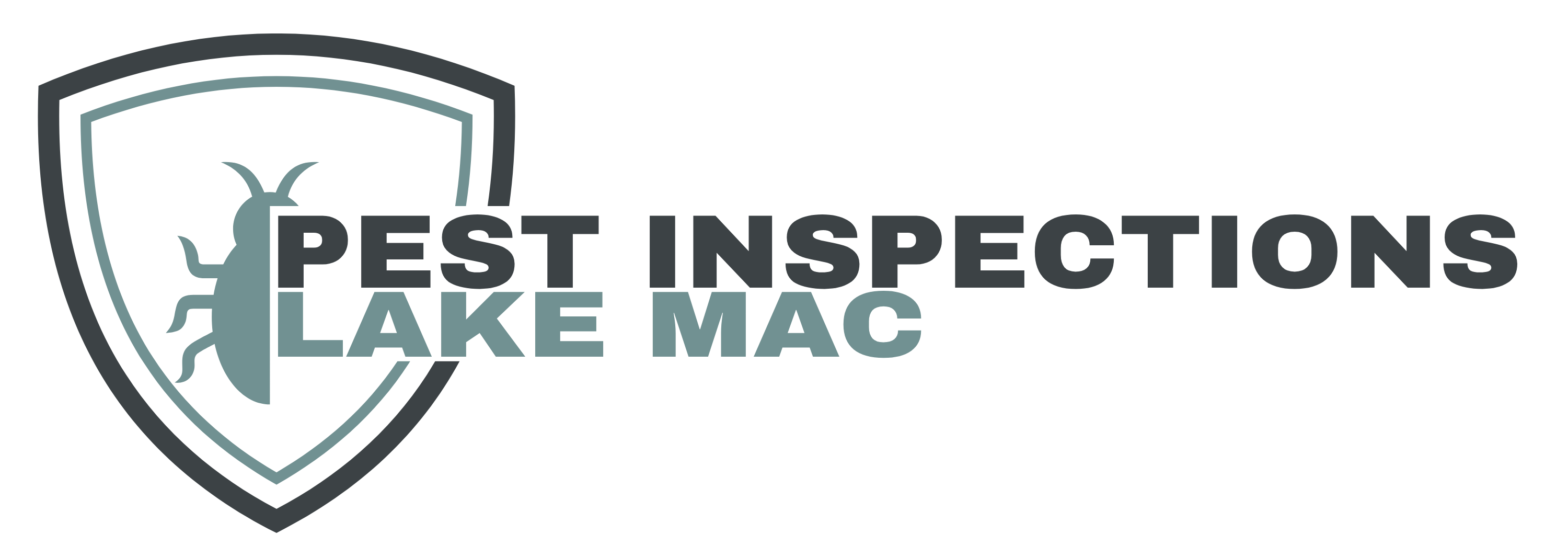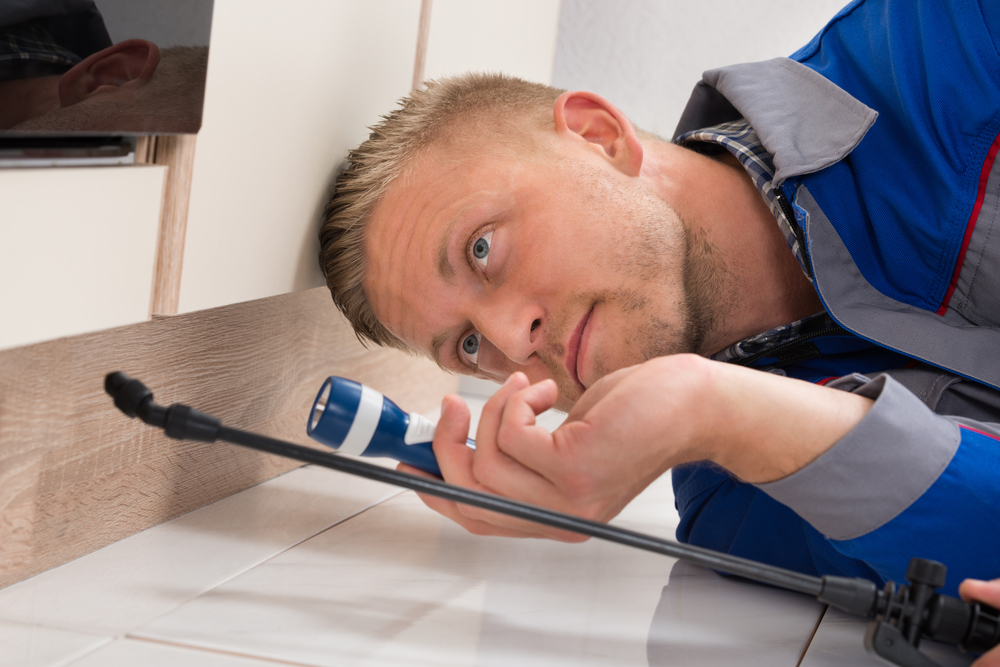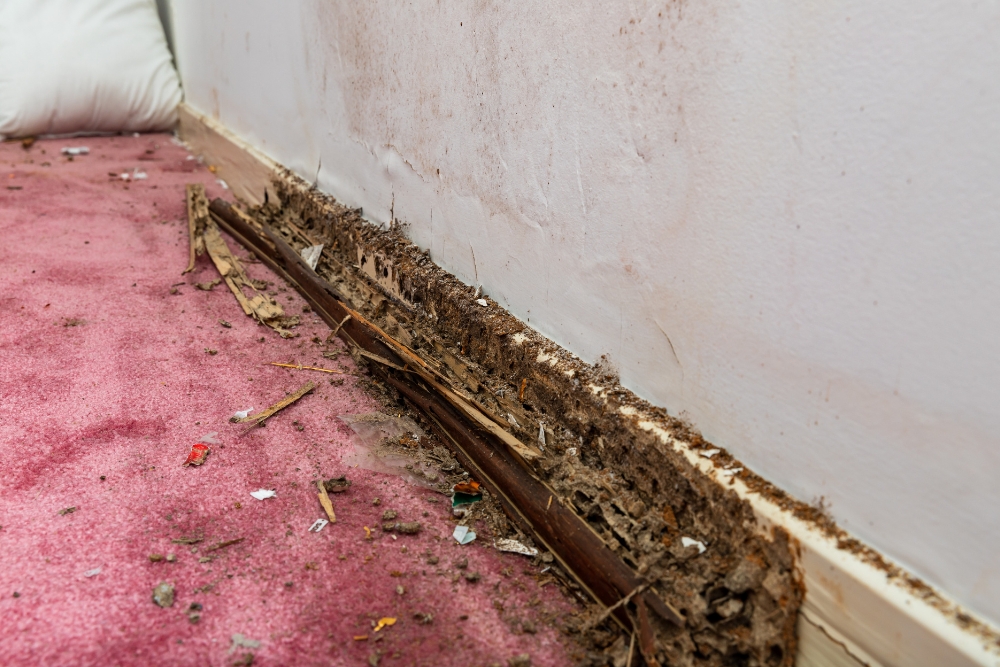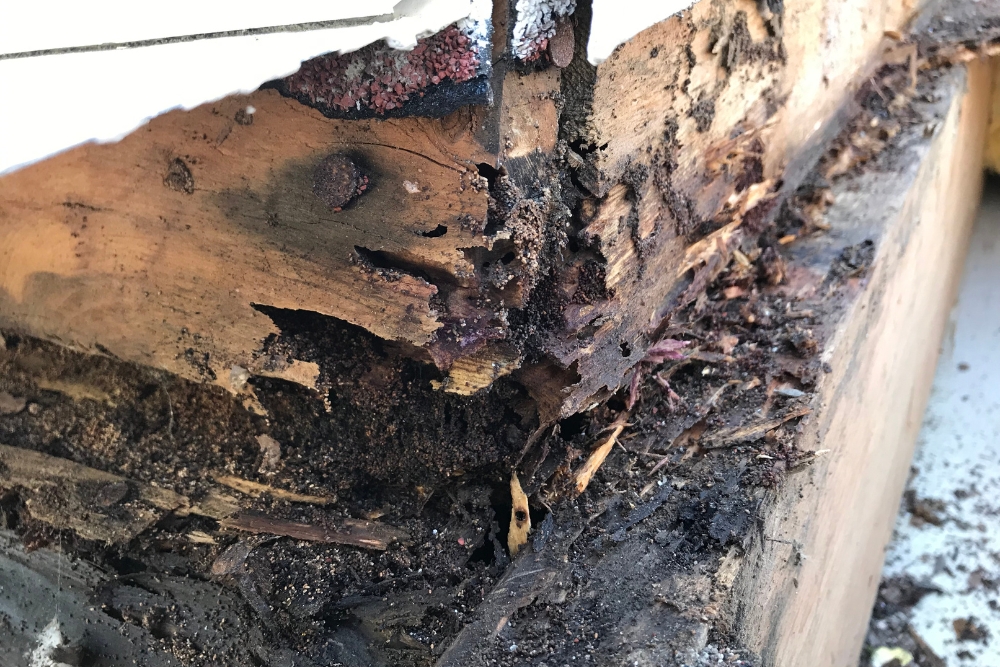Pest invasions can start small but quickly become full-blown infestations if not caught early. It is best to be equipped and knowledgeable on the significance of detecting pests at the initial stages and employing techniques to spot these early warning signs.
Understanding strange smells, noticing damaged wiring, or spotting droppings are crucial clues that pests might be creeping into our homes. By setting up monitoring stations, doing regular check-ups around the property, and collaborating with pest control specialists, we arm ourselves against unwelcome invaders.
Specialists come equipped with the knowledge and tools to pinpoint problems before they escalate, offering us peace of mind. Tackling indicators as soon as possible prevents larger issues, keeping our homes safe and pest-free.
Vigilance is key; staying informed about pest habits helps us act swiftly should they attempt to settle in our spaces. Dive deeper with us to learn proactive approaches to defend against pests effectively.
Get ready to keep your home secure.
Key Takeaways
- Spot pests early by noticing strange smells, damaged wiring, and droppings on your property. These signs help catch infestations before they spread.
- Use monitoring stations and conduct regular inspections to find pest activity quickly. Placing traps in key areas can alert you to problems.
- Working with pest control experts enhances detection. They have the skills to spot early warnings and prevent major infestations effectively.
- Addressing warning signs immediately helps avoid more significant issues later on. Clean up affected areas and seal potential entry points as soon as possible.
- Stay vigilant by keeping an eye out for new pests and learning about their habits. Knowledge about invaders like bedbugs or rodents prepares you for action if they try to nestle into your home.
The Importance of Early Detection for Pest Control
The principle of early detection stands as a cornerstone of effective pest control, serving to halt the spread of infestations and significantly boosting the chances of their complete eradication. By identifying pest problems at an early stage, homeowners, building inspectors, and pest control professionals are empowered to respond swiftly, implementing targeted interventions that address the issue at its core.
This timely action is essential, as it prevents pests from establishing a strong foothold within the property, which can lead to more extensive, and consequently more challenging, infestations to control. Furthermore, early detection minimises the potential damage to structures and reduces the health risks associated with certain pests.
Ultimately, identifying and addressing pest issues promptly ensures a healthier living environment and preserves the integrity and value of the property.
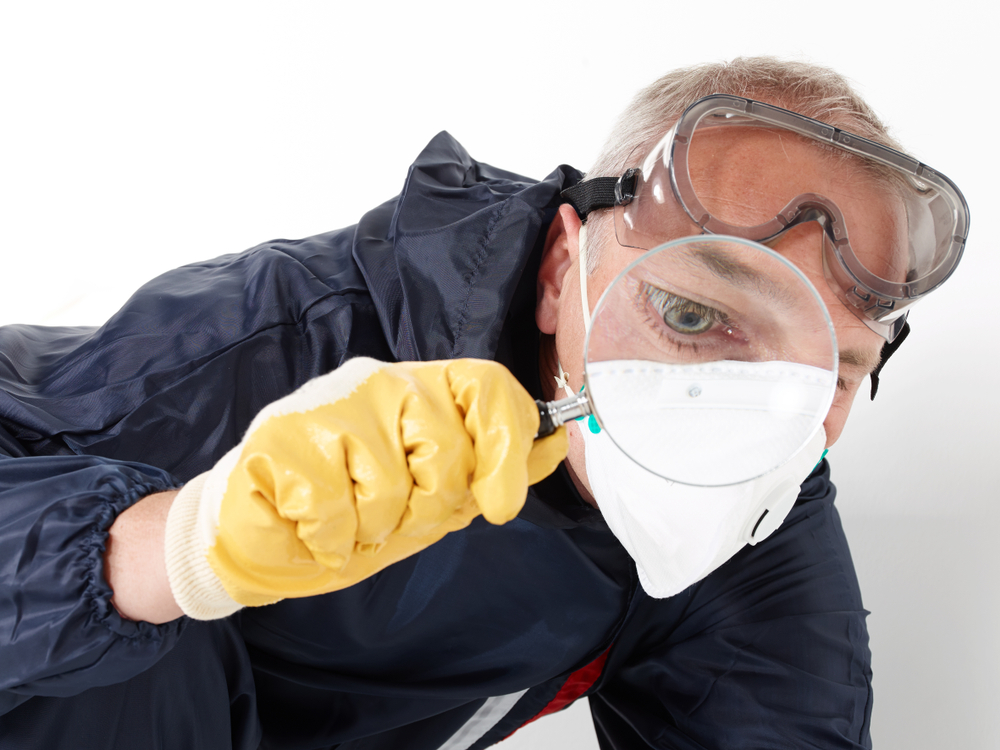
Prevents infestations from spreading
Spotting early signs of pest activity is crucial in stopping infestations from spreading throughout Australian homes and buildings. By recognising the warning signs, such as strange smells or droppings, we can act quickly to prevent pests like rodents or bedbugs from taking over.
Acting fast reduces the chance of a full-blown invasion, saving us time and money on extensive pest control treatments down the line.
We know that preventing an infestation not only protects our property but also helps maintain a healthy environment free from pests known to cause damage and health issues. Using techniques like setting up monitoring stations and conducting regular inspections allows us to stay one step ahead.
Working together with pest management professionals ensures that any potential outbreak is handled efficiently, keeping our homes safe from unwanted guests.
Increases chances of successful eradication
Early detection of pest activity significantly improves the odds of successfully eradicating infestations. By spotting warning signs early and taking swift action, homeowners and building inspectors can prevent pest populations from spreading further, making eradication efforts more effective.
Pest control professionals are better equipped to target and eliminate the issue before it becomes widespread when they have access to early detection data, which allows for a more tailored and proactive approach to dealing with infestations.
Additionally, by increasing the chances of successful eradication, both homeowners and building inspectors can save time and money that would otherwise be spent on ongoing control measures.
Warning Signs of Pest Activity
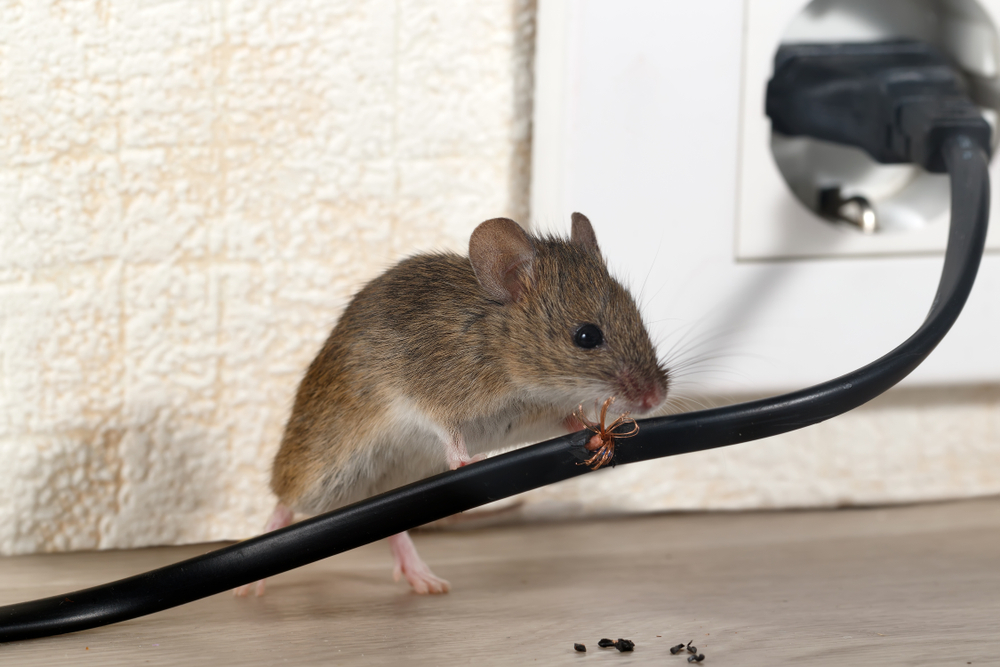
Strange smells emanating from hidden corners of your home could be one of the first subtle indicators of unwelcome pest activity. Similarly, unexplained damage to wiring or piping within your property often signals that pests, seeking materials for nesting or gnawing to maintain tooth length, have taken residence.
The discovery of pest droppings is a more direct and unmistakable sign of infestation, pointing towards the presence and possible nesting areas of these invaders. Alongside these, smudges and marks along walls or floors, especially near entry points, can also betray the frequent traffic of pests moving in and out of your home.
Together, these warning signs demand immediate attention to identify, control, and eliminate the root of the pest activity for the health and safety of your living environment.
Strange smells
Pest activity can often be detected by unusual odors such as a musty or pungent smell, particularly in dark and damp places. When pests invade, they release pheromones that give off distinctive scents which can be the first sign of an infestation.
Regularly check for unpleasant smells in areas like basements, attics, and crawl spaces to catch pest activity early on.
Musty or pungent odours in enclosed spaces could indicate the presence of pests releasing pheromones. Regular checks for unpleasant smells in isolated areas such as basements, attics, and crawl spaces can help detect pest activity at an early stage.
Damaged wiring or piping
Damaged wiring or piping can be a telltale sign of pest activity. Pests like rodents and insects often gnaw on wires, causing damage to electrical systems, which poses a fire hazard.
Additionally, they may chew through pipes, leading to water leaks and potentially costly water damage repairs. Regular inspections that include checking for any signs of gnaw marks or frayed wiring can help in identifying pest activity early on, enabling prompt action to prevent infestations from escalating.
Droppings
Inspect for rodent or insect droppings around your property, as they are a key indicator of pest activity. Look out for small dark pellets or specks of excrement in the corners of rooms, under sinks, and near food storage areas. If you spot droppings in these places, it’s a red flag that pests could be on your premises.
Take prompt action if you notice any droppings – don’t ignore this sign of potential infestation. Clean up the area thoroughly and consider contacting pest control professionals to conduct a comprehensive inspection and implement effective pest management strategies to address the issue before it escalates.
Smudges
Look for smudges along skirting boards, on walls, and around entry points as potential indicators of pest activity. Pests could leave these smudges as they navigate through your property, leaving behind traces of dirt, oil, or faeces.
Keep an eye out for these marks during regular inspections to catch early signs of infestation.
Pest inspectors can use the presence of smudges to infer the type of pest and its movement patterns within a property. By identifying and analysing these signals promptly, homeowners and building inspectors can take immediate action to prevent further pest intrusion.
Techniques for Early Detection
Setting up monitoring stations in strategic locations around your property is an effective technique for tracking pest activity, providing invaluable insights into the movements and habits of potential invaders. These stations, combined with regular and thorough inspections, form a formidable defence against the early signs of infestation, allowing for swift identification and action.
Engaging with pest control professionals enhances this process significantly, as they bring expertise and specialised equipment to the task, making the detection job more efficient and accurate. Their experience enables them to spot subtle signs of pests that homeowners might miss, and their knowledge of pest behaviour helps in placing monitoring stations where they will be most effective.
By working in concert with these experts, homeowners can ensure a higher level of vigilance and protection against pests, catching infestations before they have the chance to grow into more serious problems.

Set up monitoring stations
Position monitoring stations in key areas around your property to detect early signs of pest activity. Regularly check these stations for any indications of pests, such as droppings or damage.
Utilise bait and traps within the stations to capture pests, aiding in their identification and the implementation of necessary control measures. Engaging with pest control professionals can provide further insight into the most effective placement and use of monitoring stations.
By setting up monitoring stations at strategic locations, homeowners, building inspectors, and pest inspectors can proactively identify potential infestations before they become widespread.
Regular inspections for early detection
Regular inspections are essential in the early detection of pest activity. Inspecting your property on a routine basis allows for the timely identification of warning signs, such as unusual odours, droppings, or damaged wiring and piping.
By conducting these regular checks, homeowners and building inspectors can take proactive measures to prevent infestations from progressing into larger problems that require more intensive treatment by pest control professionals.
Regular inspections not only aid in spotting early signs of pesky invaders like bedbugs and rodents but also contribute to minimising potential damage caused by pests.
Pest inspectors play a vital role in conducting thorough and frequent assessments of properties entrusted to them to ensure any emerging issues are identified promptly. These proactive measures enable all parties involved to swiftly address potential infestation warning signs before they escalate further.
Adopting a vigilant approach with scheduled property monitoring is crucial for staying ahead of any sleeper pest populations that may have taken up residence unnoticed. This continuous oversight plays an integral part in safeguarding homes and buildings against infestation outbreaks.
Work with pest control professionals
Pest control professionals can conduct thorough inspections to identify early signs of pest activity. By working with these experts, homeowners, building inspectors, and pest inspectors can benefit from their specialised knowledge in detecting warning signs such as strange smells, damaged wiring or piping, droppings, and smudges.
Pest control professionals add value by setting up monitoring stations and using effective techniques for surveillance and identification. Their expertise contributes to the prevention of infestations from spreading and increases the likelihood of successful eradication efforts.
Additionally, partnering with pest control professionals ensures access to tailored solutions and strategies for early detection that are designed to enhance pest prevention measures.
Call Us!
Spotting early signs of pest activity is crucial for preventing infestations from spreading and increasing the chances of successful eradication. By setting up monitoring stations, conducting regular inspections, and working with pest control professionals, homeowners and building inspectors can efficiently detect and address pest issues before they escalate.
These practical techniques are easy to implement and can lead to a significant improvement in pest control outcomes. Now armed with these strategies, our readers will be better equipped to identify the warning signs of various pests such as bedbugs, rodents, or varroa mites promptly.
Furthermore, exploring additional resources or services will further enhance their ability to handle potential infestations effectively. So let’s embark on this proactive approach towards securing our homes from unwanted pests!
